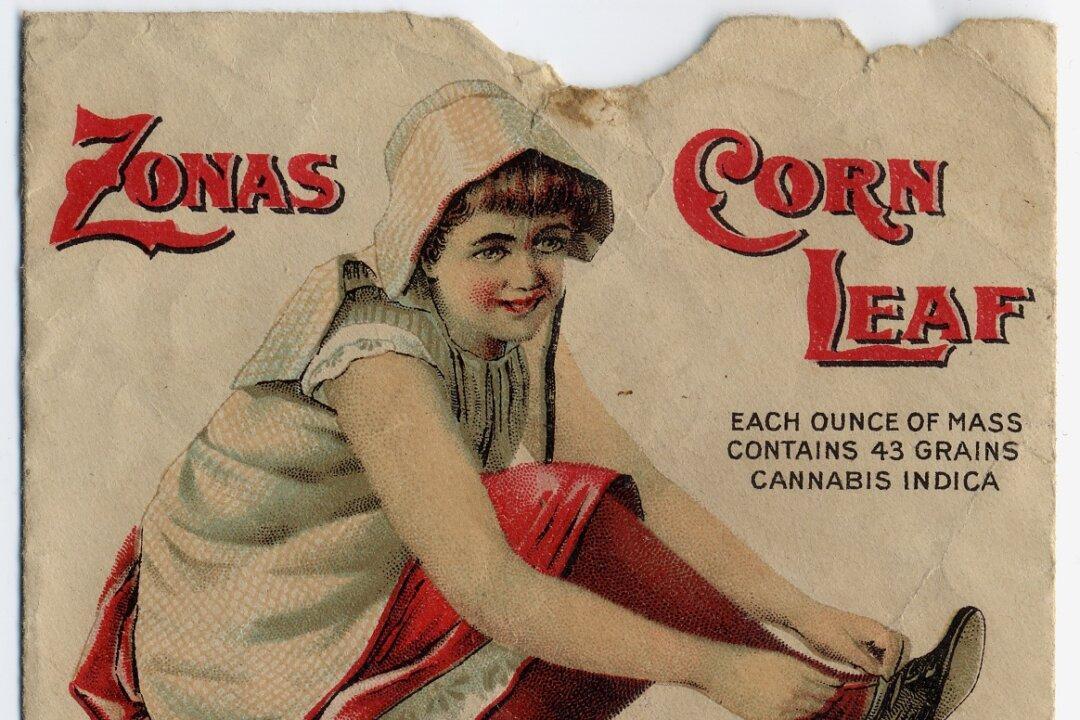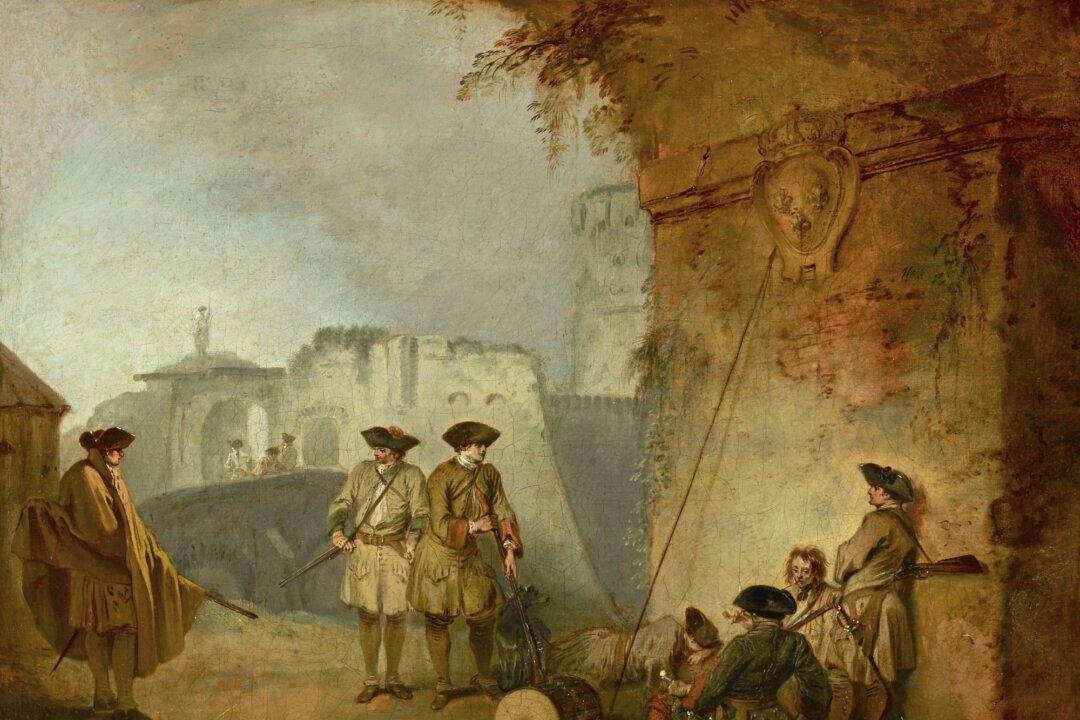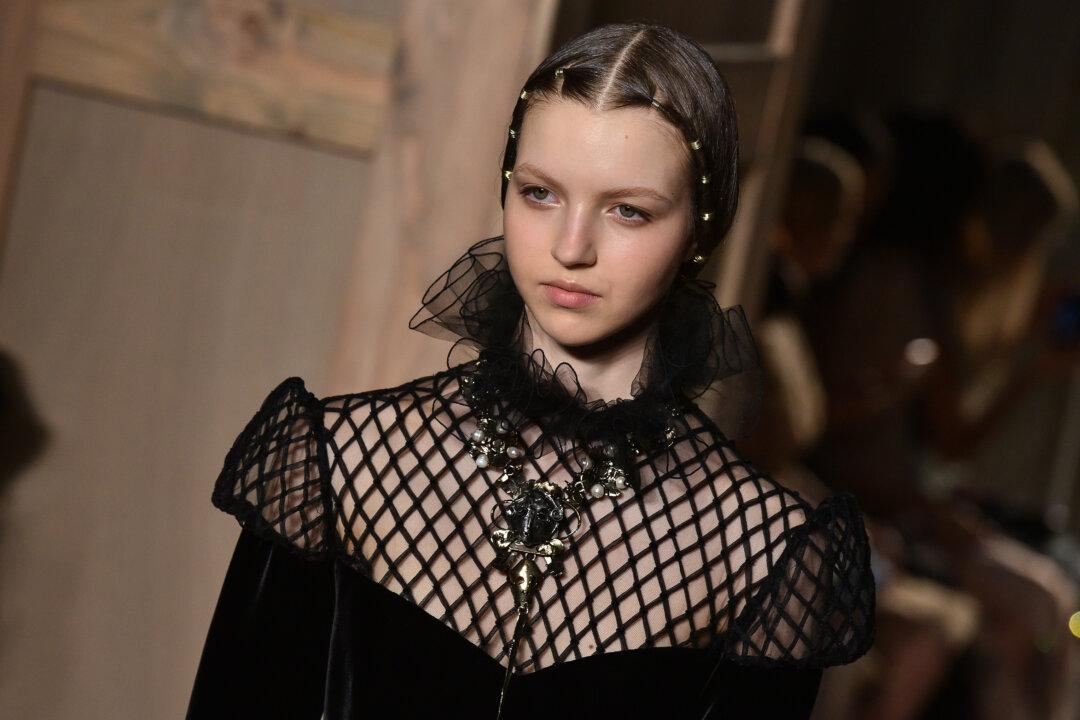It is not often that a Chinese painting on rice paper survives over 1,000 years so that we can view it intact, in all its splendor.
One such masterpiece is “Night-Shining White” the painting of the imperial horse by the same name painted by Han Gan (742–756) during the Tang Dynasty (618–907). Dated circa 750, the work is part of the grand exhibition titled Masterpieces of Chinese Painting from the MET’s Department of Asian Art, which is celebrating its 100th anniversary this year.
The exhibition encompassing 110 works of the brush arts of China, dating from the Tang Dynasty to the present has undoubtedly drawn the attention of collectors and Chinese art connoisseurs.
'Night-Shining White' one of the most important paintings in Chinese history and one of the most precious paintings in the world, I believe.




